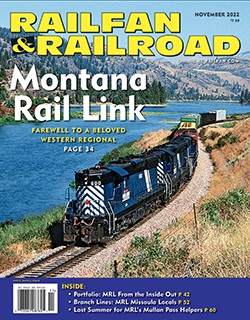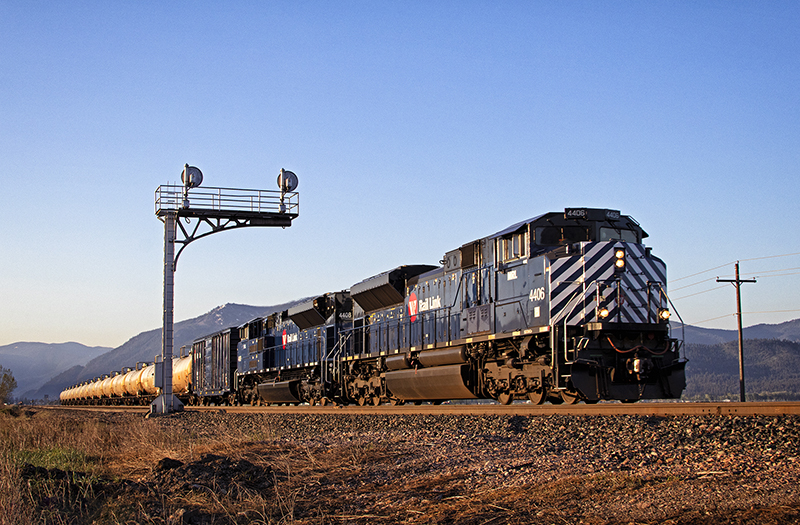 In some ways, the story of 20th century railroading was the story of mergers and bankruptcies, of ends more than beginnings, even though the overall industry itself, over the same period, slowly grew stronger and more powerful than ever before. To look at North American railways today is to see fewer companies, yet also more tonnage and traffic than at almost any prior time.
In some ways, the story of 20th century railroading was the story of mergers and bankruptcies, of ends more than beginnings, even though the overall industry itself, over the same period, slowly grew stronger and more powerful than ever before. To look at North American railways today is to see fewer companies, yet also more tonnage and traffic than at almost any prior time.
Canadian National’s 2001 purchase of Wisconsin Central seemed to spell the end of endings for a while. There have been rumblings of other combinations since, including an aborted attempt to combine Canadian Pacific and CSX, but none have gotten very far. It was as if the continent’s six great railways had agreed — quietly — to the status quo.
Then everything changed. In late 2020, CSX announced its intention to absorb Pan Am Railways, the rump of what had once been the network of Boston & Maine and Maine Central lines in New England. In September 2021, Canadian Pacific announced plans to acquire the seemingly untouchable Kansas City Southern.
The latest to fall is regional Montana Rail Link. With just under a thousand miles of track, MRL was established in 1987 by industrialist Dennis Washington. To some degree, it never made sense, consisting entirely of leased former Northern Pacific lines owned by Burlington Northern. It was largely captive to BN and much of its income came from the Class Is through trains operated over the line to relieve capacity on the former Great Northern main line farther north. Many managers at BN and its successor, BNSF Railway, came to regret leasing off these southern Montana lines to MRL. In January of this year, BNSF got to unring the bell, and bought out MRL’s lease.
It is not the first time that Montana has lost a railway. Mergers have made other names disappear, but it was the 1977 bankruptcy of The Milwaukee Road that continues to loom large in the state. When the Milwaukee went bust, it began to literally disappear, as the company quickly abandoned its main line west of Miles City, Mont., in 1980. Some lines found new life as parts of short line operators, but most of the Milwaukee was ripped up, and along with it disappeared hundreds of jobs and sometimes entire small towns.
The end of Montana Rail Link is not like the end of the Milwaukee — this is less a failure than the profitable sale of a successful company. When The Milwaukee Road died, Montana was left almost wholly captive to BN service, a situation much resented by farmers, whose wheat is the most important state export. There was always talk of trying to break the monopoly, and with the birth of MRL that talk grew to fantastic proportions. Could MRL extend from Spokane, Wash., to the Columbia River at Pasco, and a transload to barges? What if it relaid the Milwaukee to Tacoma with direct access to ocean-going ships? Or perhaps it could venture east to the Midwest and connect with its sister-railroad, the short-lived I&M Rail Link.
These, of course, were largely fantasies, but even so, having a company whose locomotives proclaimed “Montana” on the cab sides seemed a comfort, as well as a promise of something more that might one day become possible. As we approach 2023, such promises are as rusted as the Milwaukee before it, the dreams of the Montana wheat ranchers dead, while the North American rail map seems, if anything, inexorably headed toward ever-tighter monopolies.
—Alexander Benjamin Craghead is a transportation historian, photographer, artist, and author.



